10 Steps to a Greener Living Room
Start with lighting. It’s one of the easiest ways to reduce your energy use. By replacing your five most frequently-used light bulbs/fixtures with ENERGY STAR-qualified lights (CFLs or LEDs), you can save more than $65 per year. CFL bulbs with the ENERGY STAR rating use 75% less energy than conventional incandescent bulbs and last 6-10 times longer – so you save money on your energy bills and on light bulb replacement costs.
Install a programmable thermostat if allowed. It will automatically adjust your home’s temperature settings while you’re away and can save up to $150 per year in energy costs. Then, set your thermostat to 78 degrees when you’re home in the summer and 68 degrees when you’re home in the winter (and program it to go up and down, respectively, when you leave home).
Mind your electronics. Consumer electronics account for at least 15% of home electricity use. Did you know they can use energy even when they’re switched off? To avoid this wasted “vampire” energy use, unplug any chargers or power adapters when not in use; to make it easier, consider getting a power strip so you only have to flick one switch to essentially turn off the outlets. If you’re in the market for new electronics, look for ones with the ENERGY STAR label to get devices that operate more efficiently and use less electricity.
Make sure no furniture is blocking your HVAC register. You want the air to be able to circulate freely so that the system doesn’t have to work as hard. Also, make sure to change your air filters regularly (every 3 months) to make sure your air is clean and to help the system work more efficiently.
Use a ceiling fan when the weather is warm. It will make the air feel up to 6 degrees cooler (but, it doesn’t make the actual temperature lower, so make sure you turn off the fan when you leave the room).
Take advantage of your curtains. Keep the drapes open to let the sun’s warmth in on cold days, and close the drapes to keep the sun’s heat out on hot days; doing so reduces the burden placed on your HVAC system.
Use a humidifier in the winter. Having a healthy level of humidity in the air (35-55%) keeps the air feeling warmer, so you can turn the thermostat down.
Stop the draft. Put a draft stopper in front of drafty doors and windows to keep your heated or cooled air from escaping.
Close the damper. If you have a fireplace, close the damper when you don’t have a fire in the fireplace – this prevents your heated or air conditioned air from escaping out of the chimney.
Lights out. Turn the lights off when you leave the room – so easy!
RESOURCES
HOW TO
Learn how to install a programmable thermostat.
Learn how to reduce vampire energy usage.
INFORMATION
See the energy impact of LED vs. CFL bulbs.


